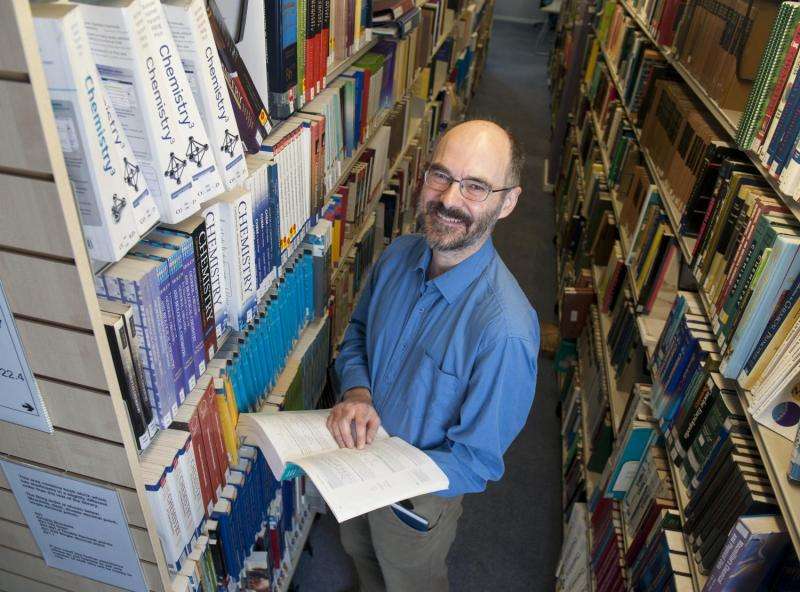Researchers redefine the rules of chemistry

Research by a Northumbria academic could have a significant impact on the teaching of chemistry after he developed a radical new interpretation of a 99-year-old rule featured in all standard textbooks.
Dr Marcus Durrant, a Reader in Northumbria's Department of Applied Sciences, realised that the treatment of hypervalency in the Lewis theory of chemical bonding was flawed while he was teaching the theory to students.
The Lewis model, which was first published in 1916, features in every elementary chemistry textbook and has been taught to generations of chemists. It states that a nitrogen atom cannot have five covalent bonds, as this would break the 'octet rule' which is a central part of Lewis' theory. However, the subject has been the matter of some dispute since the 1990s, when quantum calculations showed that the chemical bonds in nitrogen compounds are no different to those formed by heavier elements such as phosphorus, which often break the 'octet rule'.
After two years of research, Dr Durrant has developed a new definition of hypervalency that settles this dispute.
His research has just been published in the Royal Society of Chemistry journal Chemical Science and has been described as having "exceptional significance for the foundations of chemistry."
Dr Durrant explained: "For generations we have been telling our students that there is a right and wrong way of writing potentially hypervalent chemical structures such as nitro groups.
"We continue to teach this convention even though the theory behind it was shown to be wrong 25 years ago. Some chemists have even suggested that the term 'hypervalent' should be abandoned altogether, even though it is still in widespread use. I was musing over this after discussing these problems in the classroom and decided to explore whether there was a way to settle the controversy.
"In science there is a lot of tradition and to challenge long-held ideas needs a lot of very detailed research work. Nevertheless chemistry is an experimental science, so testing new ideas by experiment is the final arbiter in an argument.
"It turns out that we can measure the atomic charges in molecules by both experiment and theory. After measuring the charges in over 200 molecules, I found that the pattern which emerged was the absolute opposite of conventional wisdom. Although this came as quite a surprise to me at first, it allowed me to build a new definition for hypervalency based on the way things actually are."
"So far I've had a good response to this research and colleagues and peers have been enthusiastic about it. My findings could lead to parts of textbooks being re-written with existing treatments of hypervalency turned around. We've been teaching this to generation after generation so it's quite an interesting situation for me to be in, knowing that my research could transform teaching in future."
Dr Durrant specialises in teaching and research in computational chemistry at Northumbria University, teaching students from first year to postgraduate courses.
Journal information: Chemical Science
Provided by Northumbria University



















